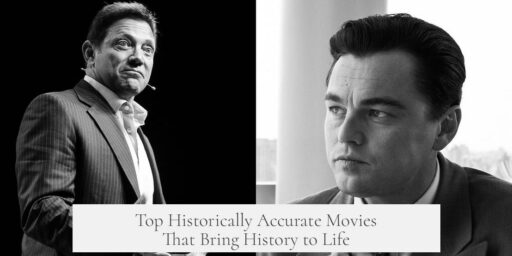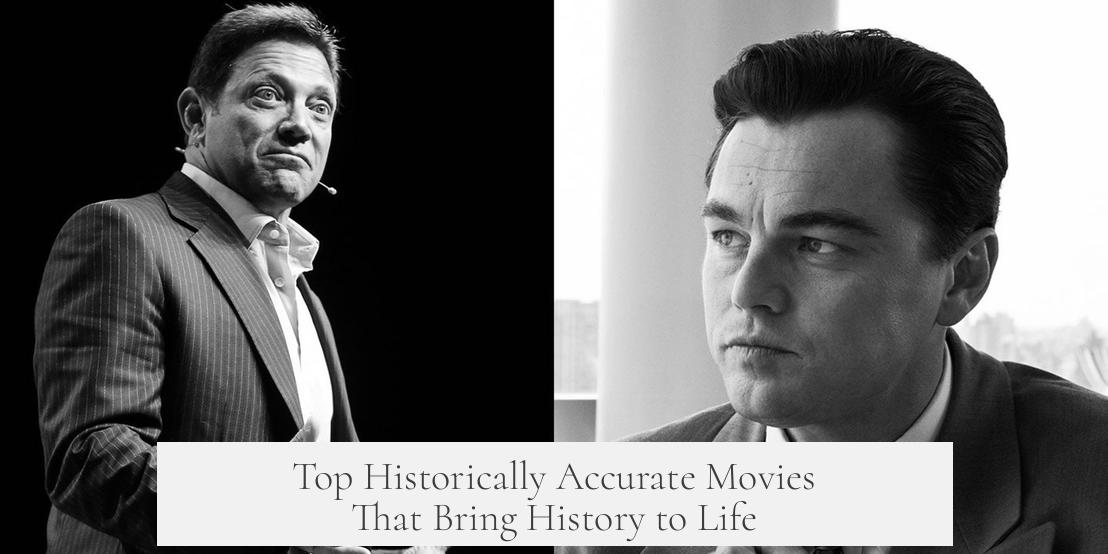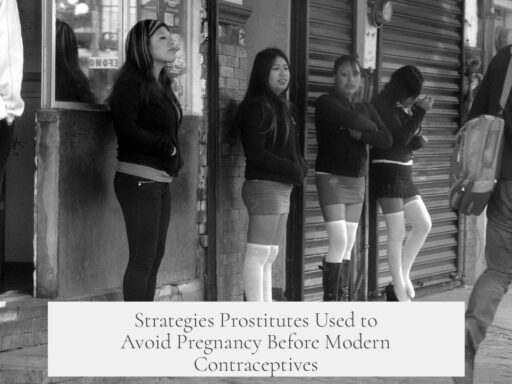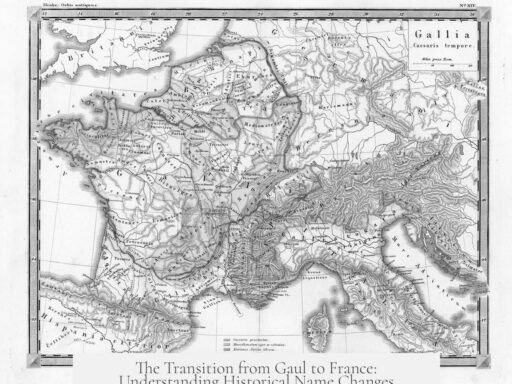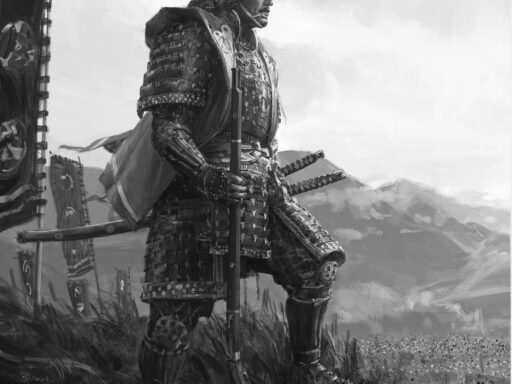Several historically accurate movies depict major historical events with high fidelity. Among these, “Downfall” stands out for immersing viewers in the final days of the Nazi high command. It uses extensive eyewitness testimony from Hitler’s bunker to reconstruct events reliably.
“Downfall” (2004) offers a detailed, intense look at World War II’s closing chapter in Berlin. It portrays Hitler and his inner circle’s mental states, focusing on the bunker’s atmosphere during the collapse of Nazi Germany. The film bases much of its narrative on firsthand accounts, making it a reliable historical representation.
Another notable film is “Battle of Britain” (1969). It is celebrated for its exceptional accuracy in depicting the aerial campaign of 1940. Instead of using improvised planes, the filmmakers sourced real German Heinkel He 111 bombers and Messerschmitt Bf 109 fighters from Spain. They also employed Adolf Galland, a former German Luftwaffe fighter ace, as a technical advisor. This dedication makes the air combat scenes realistic and well-documented.
In the Pacific theater of World War II, “Tora! Tora! Tora!” (1970) shines for its balance and precision. It reconstructs the Pearl Harbor attack by using modified Texas trainers to mimic Japanese aircraft. They consulted Commander Minoru Genda, the actual mastermind behind the attack, ensuring that the portrayal matched historical facts. Authentic uniforms, weapons, and aircraft add to the film’s credibility.
World War II is rich with accurate films; for example, “Saving Private Ryan” (1998) has an unforgettable D-Day sequence. It was praised for its realistic depiction of Omaha Beach’s invasion. The immersive combat scenes are grounded in detailed historical research. Though dramatized, its background and military tactics are soundly based on reality.
Beyond World War II, “All Quiet on the Western Front” (1930) stands as a classic accurate portrayal of World War I trench warfare and soldier experiences. Based on Erich Maria Remarque’s novel, it conveys the grim realities of war from the German soldiers’ perspective. Remarque’s sequel, “The Road Back,” further details post-war struggles and is recommended for those interested in that era.
The Irish Revolution finds expression in “The Wind That Shakes the Barley” (2006). Though its characters are fictional, the film realistically depicts the Irish War of Independence and Civil War. The political tensions and guerrilla warfare are portrayed with care, making it a significant movie on that topic.
“A Bridge Too Far” (1977) is a strong representation of Operation Market Garden in World War II. The film covers the Allied attempt to secure bridges in the Netherlands. While some minor historical liberties are taken, it provides a broad and generally accurate overview of the campaign’s planning, execution, and failure.
The American Civil War has been vividly depicted in “Gettysburg” (1993). This film is highly accurate in its battle tactics and historical details. Its reenactment of the critical battle is supported by military records. Despite some poor makeup choices, it remains one of the best cinematic representations of the conflict.
“Midway” (2019) is a recent film focusing on the Pacific war’s pivotal naval battle. It is praised for balancing entertainment with historical accuracy. The film highlights strategies, aircraft carriers, and commanders involved, remaining faithful to documented events.
The story of the last emperor of China is captured in “The Last Emperor” (1987). It follows Pu Yi’s life and China’s transition from empire to republic. The film remains largely faithful to the true story, combining personal drama with historical milestones.
For medieval history, two French films stand out: “Le miracle des loups” (1924) and “Jeanne la Pucelle” parts 1 and 2 (1994). They are among the most accurate portrayals of medieval France, focusing on royal and religious conflicts of that era.
Not a movie but notable for historical drama is HBO’s “Rome.” While not fully accurate, it brings to life key figures like Julius Caesar, Mark Antony, and Octavian. The performances shape popular visualizations of these leaders, blending fact and fiction.
“Spotlight” (2015) documents the Boston Globe’s investigation into clerical abuse scandals. It closely follows real events with minimal creative license, giving a clear view of journalistic investigation methods and social issues of the early 2000s.
For significant Napoleonic period films, “War and Peace” (third part) and “Waterloo” (1970) provide thorough depictions of key battles. They focus on the strategies and human dimensions of these historic confrontations, backed by expert consultation.
Films like “Elizabeth I” explore the Elizabethan era, though some take liberties like incorrectly linking Elizabeth with Mary Queen of Scots. The Italian Wars receive accuracy through “The Profession of Arms” (2001), showing 16th-century military campaigns.
“Land and Freedom” deals with the Spanish Civil War, widely regarded as a very good depiction. The Boer War is represented thoughtfully in “Breaker Morant,” focusing on a controversial military trial.
| Movie Title | Historical Event | Accuracy Highlights |
|---|---|---|
| Downfall | WWII Hitler’s Last Days | Eyewitness testimony, reliable bunker portrayal |
| Battle of Britain | Battle of Britain (1940) | Real German planes, Luftwaffe advisor |
| Tora! Tora! Tora! | Pearl Harbor Attack | Advisor Minoru Genda, accurate aircraft/uniforms |
| Saving Private Ryan | D-Day Invasion | Realistic combat, historically grounded |
| All Quiet on the Western Front | WWI Trench Warfare | Based on soldier memoir, realistic experience |
- “Downfall” offers a detailed view of Hitler’s final days with eyewitness accounts.
- “Battle of Britain” uses authentic aircraft and advisors for accuracy.
- “Tora! Tora! Tora!” consults original planners and uses accurate equipment.
- “Saving Private Ryan” features an intense and faithful depiction of D-Day.
- Other films like “All Quiet on the Western Front” and “Gettysburg” remain top choices in their fields.
What Is Your Favorite Historically Accurate Movie About a Historical Event?
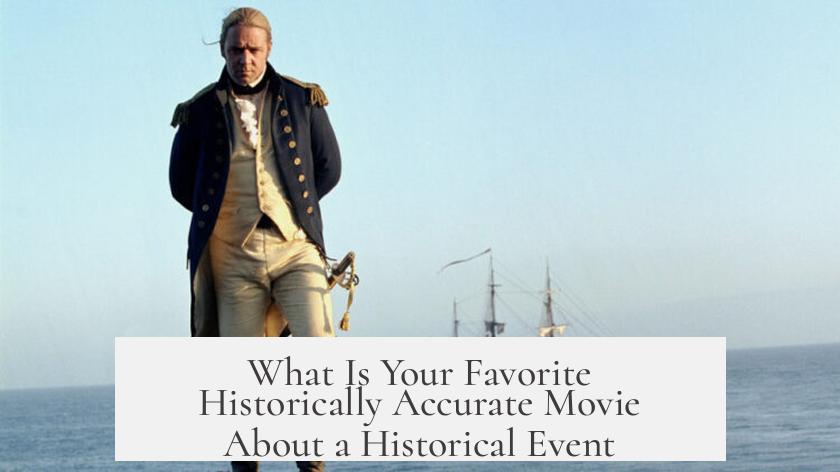
There are many historically accurate movies that bring the past vividly to life, but if you ask about favorites, one really shines: Battle of Britain (1969). This film stands out for its dedication to realism, dramatically recreating a pivotal World War II conflict while using authentic aircraft and top-notch advisory from actual wartime figures.
Why is Battle of Britain so special among historically accurate movies? Simply put, it’s a masterclass in authenticity. Unlike many war films that settle for painted versions of enemy planes, this movie went the extra mile. The producers tracked down real German HE 111 Hinkel Bombers and ME 109 fighter planes still airworthy in Spain—and used them for filming. That alone tips the hat to enthusiasts who crave precision.
Furthermore, they brought on board Adolf Galland, a leading German fighter ace and commander during the latter years of World War II. His expertise shaped not only the aerial tactics but also the film’s perspective. It wasn’t just Hollywood storytelling; it was an act of respect toward history.
Authenticity That Flies Off the Screen
This attention to detail adds layers of credibility. Imagine watching a dogfight in the sky, knowing the planes in question actually participated in the Battle of Britain or events closely tied to it. It heightens the experience. The film feels like stepping back in time, not just watching actors dart around props.
The movie also crafts a believable narrative that embraces multiple viewpoints. You get to see the British defense preparations and Luftwaffe operations from the German side—dissecting strategies, fears, and triumphs alike. It’s a true war story, unsanitized and respectful of the complexities involved.
Other Notable Historical Films Worth Watching
Now, if you love accuracy but want to explore beyond the skies of 1940s England, there are other solid recommendations.
- Tora! Tora! Tora! (1970): This film tackles the Pearl Harbor attack. Japanese planes were hard to find, so the filmmakers cleverly modified Texas trainer aircraft to recreate the dive bombers and fighters of the attack. Plus, Commander Genda, the mastermind behind the actual attack, was a key advisor. Every uniform and weapon was period-perfect, and the story line holds tight to historical fact.
- Downfall: This film explores the final days of Hitler’s bunker with an intense psychological dive into the German high command’s mindset. Eyewitness testimonies shaped the narrative, making it disturbingly real.
- Saving Private Ryan: Famous for its D-Day beach landing scene, this Steve Spielberg masterpiece nails the chaos, fear, and heroism on Omaha Beach. The rest of the movie customizes a fictional rescue mission but rests on detailed research of WWII combat conditions.
- Gettysburg (1993): If we’re talking Civil War accuracy, Gettysburg is the go-to. Meticulously researched, it’s almost like watching history come alive—except for the occasionally questionable fake facial hair, which can break the immersion.
- Apollo 13: Space buffs will appreciate this near-perfect attention to technical detail. While it does dramatize moments, the portrayal of the crisis and NASA’s problem-solving efforts reflects true events closely.
How Historical Accuracy Enhances Your Experience
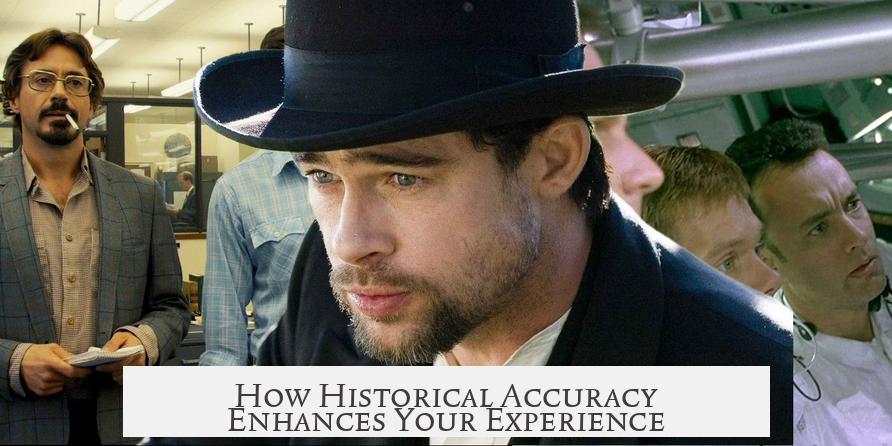
Why does historical accuracy matter in movies? Apart from the obvious educational value, it deepens our understanding of human events by showing the likely realities behind the stories. It helps viewers grasp what people faced, what choices they made, and the ripple effects of those choices.
Have you ever asked yourself, “Could I have handled the pressure these soldiers felt?” or “What thoughts raced through leaders’ minds during these critical moments?” Well-done historical movies invite this reflection.
Personalizing History Through Film
Movies like Hope and Glory introduce a different angle — history through the eyes of a child during the Blitz. It’s not about battles or strategy but about everyday life under extraordinary circumstances. This approach humanizes monumental events and allows the audience to connect on a personal level.
Similarly, The Wind that Shakes the Barley deals with the Irish Revolution, with a focus on the Irish people’s experience, though characters are fictional. Yet, the backdrop and events ring true to history. It’s a reminder that sometimes historical accuracy is not just about details but capturing the spirit and mood of an era.
Some Other Gems for the History Buff’s Watchlist
- The Last Emperor (1987): Offers an accurate and epic portrayal of the final ruler of Imperial China, enriched by beautiful cinematography and adherence to real events.
- A Bridge Too Far: Covers Operation Market Garden in WW II with solid research, though it flexes the facts slightly for drama. Still, it remains a vibrant re-enactment of a complicated battle.
- Land and Freedom: Presents one of the best depictions of the Spanish Civil War from an immersive, human perspective.
- The Profession of Arms (2001): For lovers of Renaissance military history, this Italian film nails the Italian Wars’ details.
When Accuracy Meets Storytelling
Accuracy alone doesn’t guarantee a memorable film. It must blend with compelling characters, suspense, and a clear narrative. The best historical movies do both: inform and entertain. They are open invitations to learn while being captivated.
With so many historically accurate films out there, which one is your favorite? Do you prefer the epic battlefields filled with dogfights and infantry or quiet, emotional stories set in the background of war? Share your thoughts and maybe your next movie night picks will be historically enlightening too.
“History is who we are and why we are the way we are.” — David McCullough
Let today’s movies be windows not only to history but to understanding ourselves better. When filmmakers respect facts and immerse us into true events, we get more than entertainment. We get a vivid classroom, a time machine, and sometimes, a mirror.
